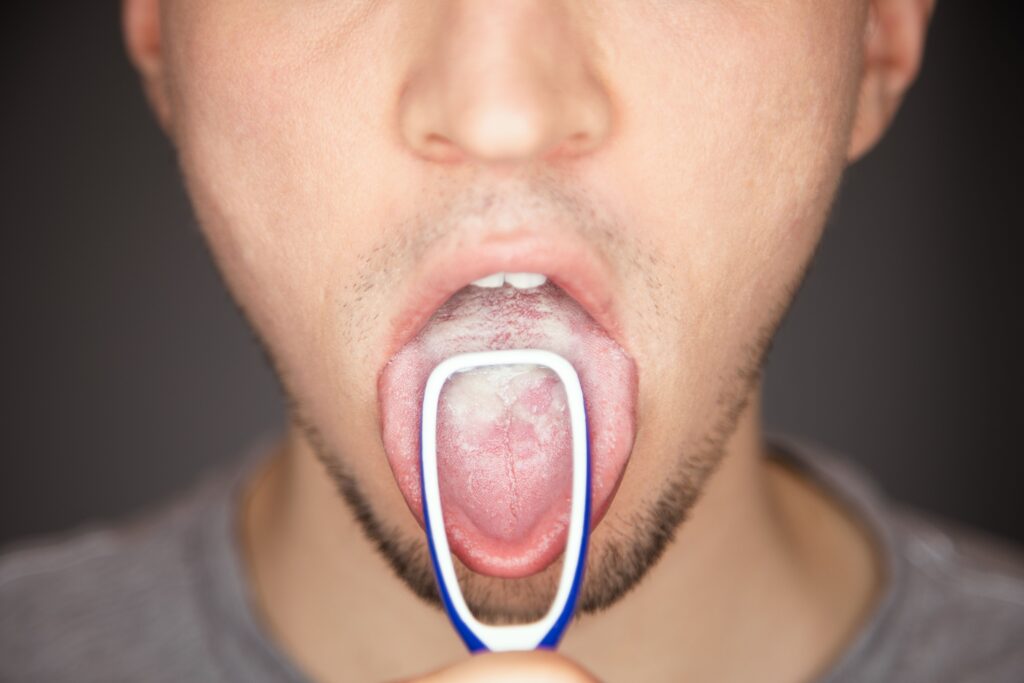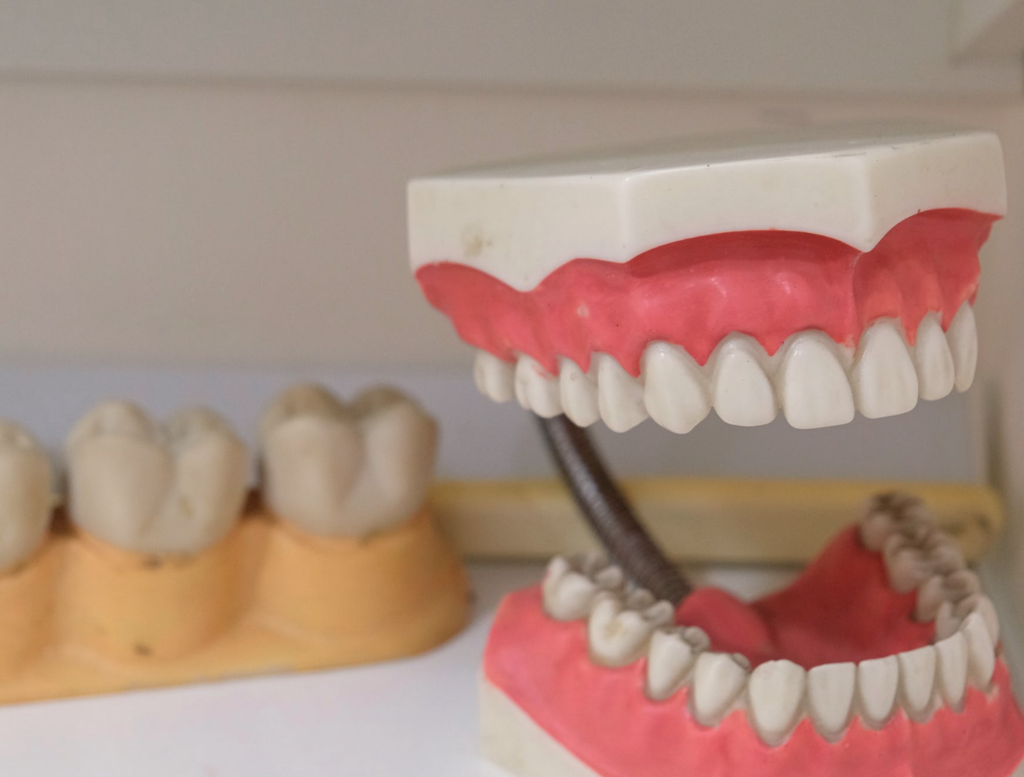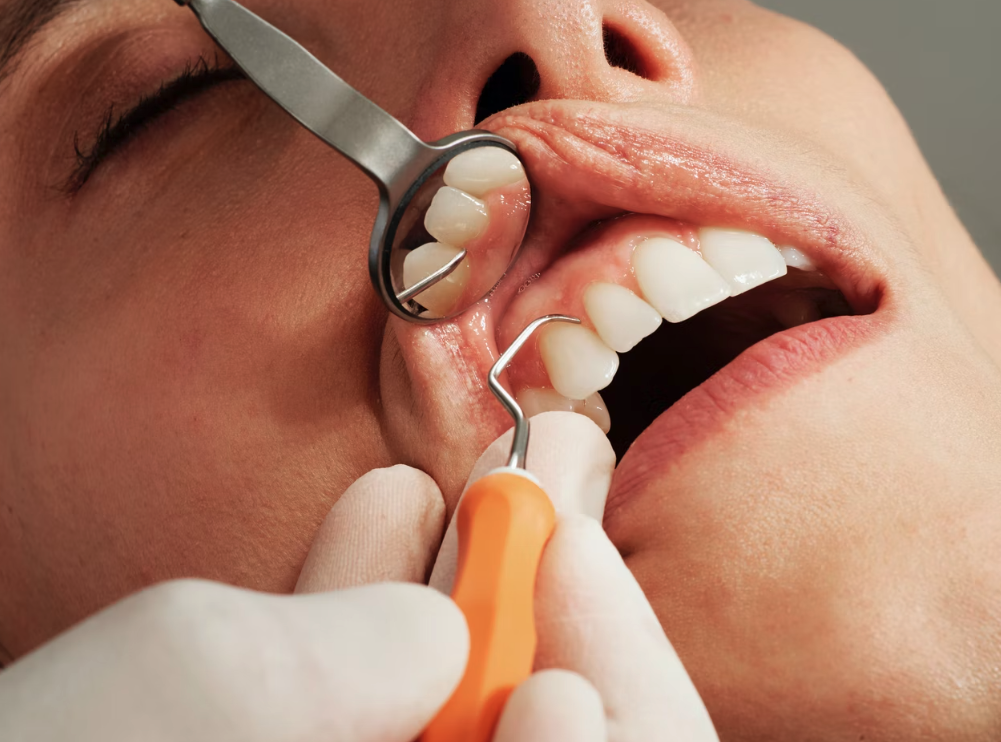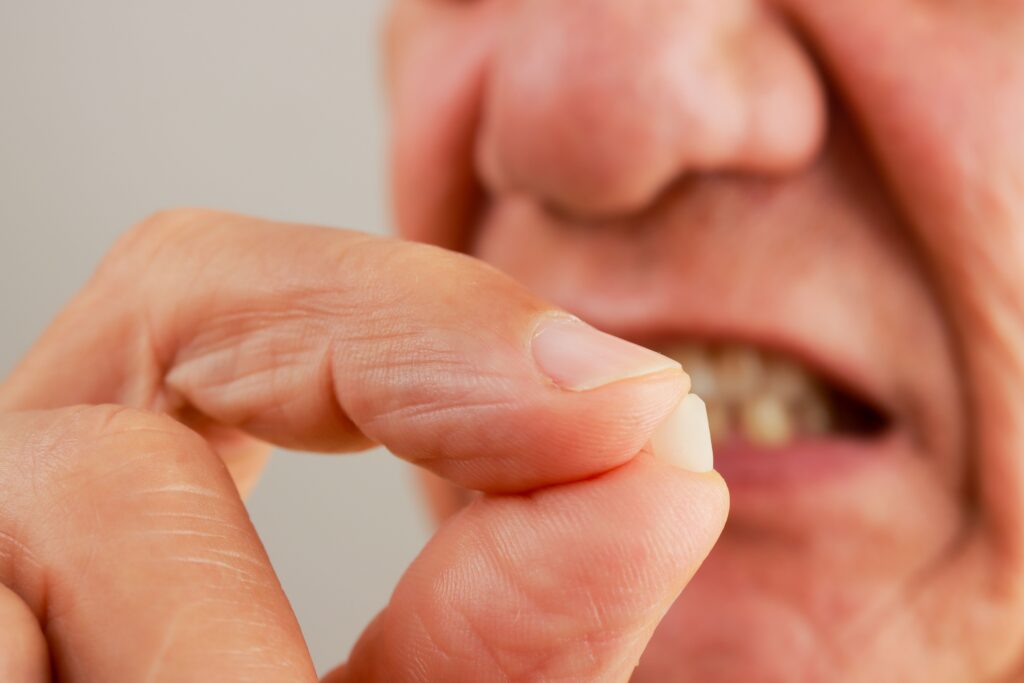Flossing is a key part of maintaining good oral hygiene. It helps remove plaque and food particles from between your teeth, areas that your toothbrush can’t reach. But with so many types of dental floss available, how do you know which one is right for you? In this article, we’ll explore the different types of dental floss, discuss which is most effective, and answer common questions about flossing.
Different Forms of Dental Floss
When it comes to flossing, there are several different forms of dental floss available, each offering unique benefits and catering to different preferences. Understanding these options can help you choose the one that best fits your oral hygiene routine. Here’s a closer look at some of the most common forms of dental floss:
1. String Floss
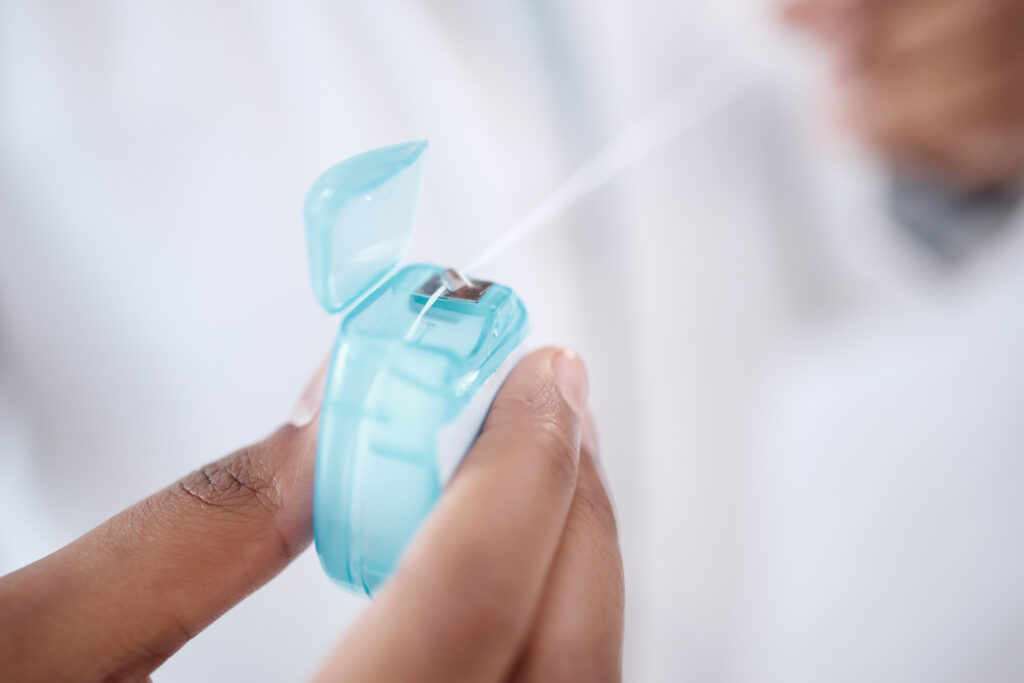
String floss is the traditional and most common form of dental floss. It’s a long strand of nylon or PTFE material that you can wrap around your fingers to clean between your teeth. String floss comes in various types, including waxed, unwaxed, flavored, and unflavored, allowing you to choose the one that suits your needs best.
- Pros: String floss is versatile, effective at removing plaque, and can reach tight spaces between teeth. It also allows you to control the pressure and angle when flossing.
- Cons: Some people find string floss difficult to use, especially if they have large hands, limited dexterity, or tightly spaced teeth.
2. Floss Picks

Floss picks are small plastic tools with a short piece of dental floss stretched between two prongs. They often have a pointed end or a toothpick on the other side, which can be used to remove larger food particles from between your teeth.
- Pros: Floss picks are convenient and easy to use, especially for people who struggle with traditional string floss. They’re also portable and can be used on the go.
- Cons: Floss picks may not be as effective as string floss at reaching all areas of the mouth, particularly the back teeth. The limited length of floss on the pick can also mean that you’re using the same section of floss for multiple teeth, which can spread bacteria.
3. Water Flossers (Waterpik)
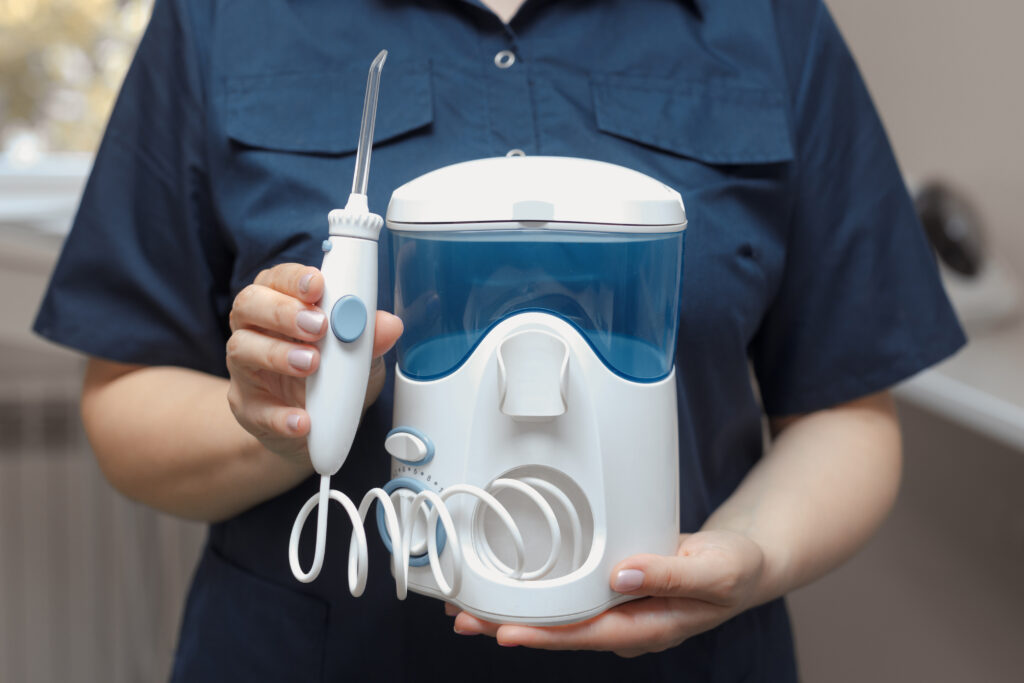
Water flossers, also known as Waterpik, are electronic devices that use a stream of pressurized water to clean between your teeth and along the gumline. They’re particularly popular among people with braces, dental bridges, or other dental work that makes traditional flossing challenging.
- Pros: Water flossers are easy to use, gentle on the gums, and effective at removing food particles and plaque. They’re also great for people with braces or dental appliances, as they can clean around these areas more easily than string floss.
- Cons: Water flossers can be more expensive than traditional floss and require access to electricity and water. They also take up more space in your bathroom and may not be as portable as other flossing options.
How Many Types of String Floss Are There?
There are several types of dental floss available, each designed to meet different needs and preferences. Here are the most common types:
- Nylon (or Multifilament) Floss: This is one of the most common types of dental floss. It’s made of multiple strands of nylon twisted together, making it strong yet flexible. Nylon floss comes in both waxed and unwaxed varieties, and it’s available in different thicknesses to fit between variously spaced teeth.
- PTFE (or Monofilament) Floss: PTFE floss is made from a single strand of polytetrafluoroethylene, a strong and smooth material that slides easily between teeth. This type of floss is often preferred by people with tightly spaced teeth because it’s less likely to shred or break.
- Dental Tape: Dental tape is a type of floss that is wider and flatter than regular floss. It’s great for people with wider spaces between their teeth or for those who find regular floss too thin and difficult to use. Dental tape is also available in both waxed and unwaxed versions.
- Super Floss: Super floss is designed for people with braces, bridges, or wide gaps between their teeth. It has three parts: a stiffened end for threading under appliances, a spongy section for cleaning around appliances, and a regular floss section for removing plaque under the gumline.
- Textured Floss: Textured floss, also known as spongy or tufted floss, is thicker and has a soft, fuzzy texture. This type of floss is particularly effective at removing plaque because the textured surface can grab and remove more particles than regular floss.
What Type of Dental Floss Is Most Effective?
The most effective type of dental floss depends on your individual needs. For example:
- For Tight Spaces: If your teeth are closely spaced, PTFE floss might be the most effective because it slides easily between tight contacts without shredding.
- For Removing Plaque: Textured or thicker floss, like dental tape or tufted floss, can be more effective at removing plaque because they cover more surface area and can better scrub away food particles and bacteria.
- For Braces or Bridges: If you have braces or dental bridges, super floss is the best option. Its unique design allows you to clean around your dental work effectively.
What Type of Floss Will Remove Most Plaque?
Textured floss or thicker floss like dental tape is generally the best for removing plaque. The textured surface or larger width allows it to grab more plaque and food particles from between your teeth and along the gumline. However, any type of floss will be effective at removing plaque if used correctly and regularly.
What Is the Thick Dental Floss Called?
Thick dental floss is often referred to as dental tape or textured floss. Dental tape is wider and flatter than regular floss, making it ideal for people with larger gaps between their teeth. Textured floss has a spongy or fuzzy texture that helps it remove more plaque and debris from between your teeth.
What Is the Healthiest Way to Floss Your Teeth?
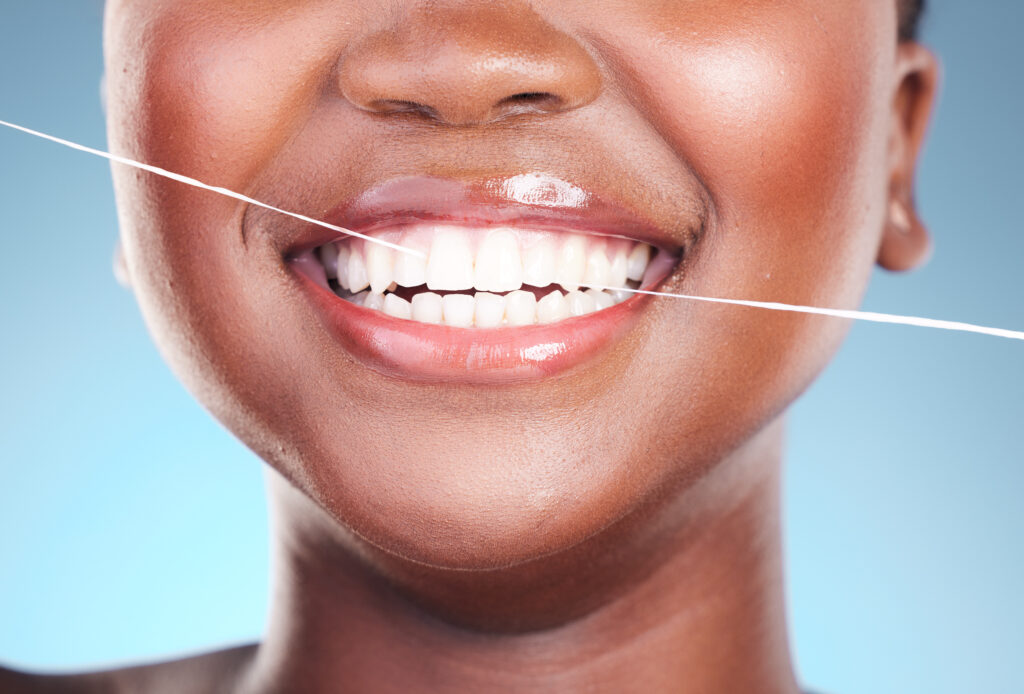
Flossing correctly is crucial to maintaining healthy teeth and gums. Here’s the healthiest way to floss:
- Use Enough Floss: Start with about 18 inches of floss. Wrap most of it around your middle fingers, leaving about two inches to work with.
- Hold the Floss Tightly: Use your thumbs and index fingers to hold the floss tightly and guide it between your teeth.
- Make a C-Shape: When the floss reaches your gumline, curve it into a C-shape against one tooth. Gently slide it into the space between the gum and the tooth.
- Move the Floss: Move the floss up and down against the side of the tooth, being careful not to snap it into the gums.
- Repeat: Use a clean section of floss for each tooth, repeating the process for all your teeth, including the back molars.
Is It Better to Floss Before or After Brushing?
Whether you floss before or after brushing is a matter of personal preference. However, some studies suggest that flossing before brushing might be more effective. Flossing first can remove food particles and plaque from between your teeth, allowing the fluoride in your toothpaste to reach those areas better. Ultimately, the most important thing is that you floss and brush regularly, regardless of the order.
Which Dental Floss Is Safest?
All dental floss types are generally safe to use, but some might be better suited to your specific needs:
- PTFE Floss: This type of floss is strong and doesn’t shred, making it safe and easy to use, especially if your teeth are tightly spaced.
- Waxed Floss: Waxed floss is also safe and can glide smoothly between your teeth without breaking. The wax coating can make it easier to use for people with tightly spaced teeth.
- Unwaxed Floss: While unwaxed floss is safe, it can be more likely to shred or break, especially if your teeth are close together. However, some people prefer the feel of unwaxed floss and find it more effective for removing plaque.
When choosing the safest floss for you, consider your dental needs and personal preferences. If you have concerns, consult with your dentist for recommendations.
Is It Better to Get Waxed or Unwaxed Dental Floss?
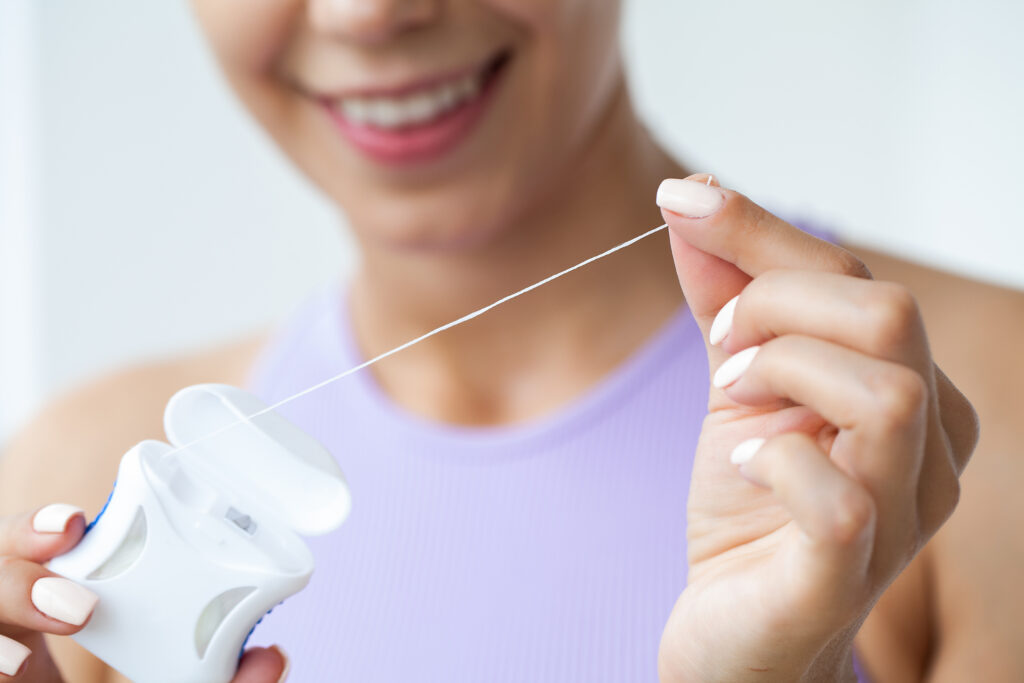
The choice between waxed and unwaxed dental floss depends on personal preference and your dental situation:
- Waxed Floss: Waxed floss is coated with a thin layer of wax, which helps it glide more easily between teeth, making it less likely to shred or break. It’s a good choice if you have tightly spaced teeth or if you find unwaxed floss difficult to use.
- Unwaxed Floss: Unwaxed floss doesn’t have a coating, so it might feel thinner and more natural to some users. It can also make a squeaking sound against clean teeth, which some people find reassuring. However, it’s more likely to shred or break, especially if your teeth are close together.
Both waxed and unwaxed floss are effective at removing plaque and food particles, so the best choice is the one that you find easiest and most comfortable to use.
Is Any Oral Hygiene Practice Better Than Flossing?
Flossing is one of the most important oral hygiene practices, as it removes plaque and food particles from between your teeth and along the gumline—areas that your toothbrush can’t reach. However, there are other practices that are also important for maintaining good oral health:
- Brushing: Brushing your teeth at least twice a day with fluoride toothpaste is essential for removing plaque from the surfaces of your teeth and preventing cavities and gum disease.
- Mouthwash: Using an antibacterial mouthwash can help kill bacteria and freshen your breath. Mouthwash can reach areas that brushing and flossing might miss, but it should be used in addition to, not instead of, flossing.
- Water Flossers: Water flossers, also known as oral irrigators, use a stream of water to remove plaque and food particles from between your teeth. While they can be a good addition to your oral hygiene routine, especially if you have braces or dental work, they should not replace traditional flossing.
Flossing, brushing, and using mouthwash all work together to keep your teeth and gums healthy. No single practice is better than the others; rather, they complement each other to provide comprehensive oral care.
Conclusion
Choosing the right type of dental floss is important for maintaining good oral hygiene. With so many options available, it’s important to find the floss that best meets your needs, whether it’s nylon floss, PTFE floss, dental tape, or super floss. The most effective floss for removing plaque and maintaining healthy gums is the one that you feel comfortable using regularly and correctly.
Remember, flossing is just one part of a complete oral hygiene routine. Brushing your teeth, using mouthwash, and visiting your dentist regularly are also crucial for keeping your smile healthy and bright. By finding the right floss and making it a daily habit, you can take an important step toward better oral health.



